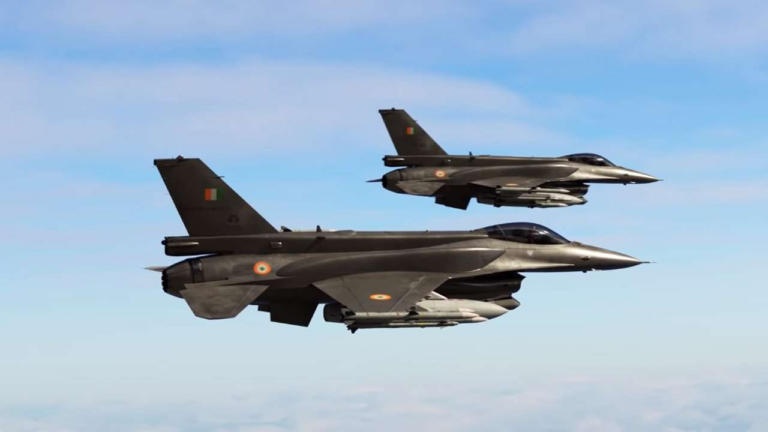Before we can talk about sonic booms and how today’s aircraft are able to overcome the sound barrier, we need to talk about the history of aviation and how we got to this point today.
The history of aviation is a tale of technological development, exploration and people who defied the laws of physics. From the first flights of the Wright brothers, to modern supersonic aircraft, we have experienced significant progress in the ability to fly thanks to technological evolution over the past century. Over the years, aviation has managed to encompass a wide range of applications, from commercial transportation to space exploration, marking important milestones in history as we have already talked about in other news, such as the news about the Bleriot XI.

Sonic blasts have left an indelible mark on the history of aviation and space exploration ever since military aircraft began to overcome the sound barrier during World War II. However, it was in 1947 when Chuck Yeager became a legend by being the first pilot to overcome this barrier in an experimental aircraft, the X-1. This achievement was made possible by the fact that the aircraft reached “Mach 1” speed, which is the speed limit required to overcome the sound barrier.
Since then, supersonic flight has been the subject of intense scientific study and admiration. The Concorde, for example, became an engineering icon for its ability to fly at incredible speeds. In addition, these extreme speeds have also been fundamental in space exploration, as evidenced by NASA’s Apollo Program, where capsules returned to Earth at extreme speeds of approximately 45,000 km/h (18,000 mph).

Despite their fascination, sonic booms have also raised concerns about their environmental impact as well as in communities near supersonic flight zones. The deafening noise and vibrations can be disruptive as these flights occur at 30,000ft altitude, and these concerns need to be addressed to ensure a safe and sustainable environment.
Fortunately, technology continues to evolve, and solutions are being explored to mitigate these negative impacts. In time, we hope that these advances will allow us to enjoy the benefits of supersonic flight without fear of accidents, opening up new possibilities for fast and efficient transportation in the future.
Dirección: C. León y Castillo, 89, 35004 Las Palmas de Gran Canaria, Las Palmas